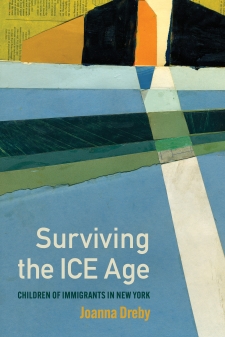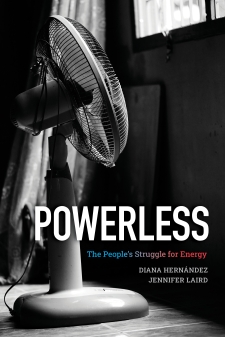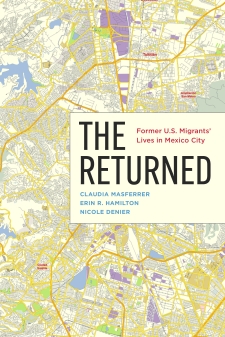Bridging the Gap(s)? Legal Activism, State Action, and Race Differences in School Resources and School Enrollment, 1940-1960
Recent research suggests that legal actions since the 1970s to reduce school spending disparities by race have had profound consequences for affected students. However, modern research methods have not yet been applied to study the later-life impacts of the reductions in racial gaps in school resources in the South before school desegregation began. Economists Elizabeth Cascio and Ethan Lewis will assemble and harmonize county-level panel data on school resources by race for 11 southern states, building on existing data from 1910 to 1940. They will examine: 1) why racial gaps in school resources narrowed between 1940 and 1960, focusing on legal activism by the National Association for the Advancement of Colored People (NAACP) and state legislation; and 2) the extent to which reductions in Black-white resource gaps contributed to reductions in the race gap in school enrollment rates of teenagers between 1940 and 1960. Their main hypothesis about the relationship between resources and enrollment is that better quality schools drive up demand for school enrollment through higher returns. An alternative is that expansions in school supply, specifically at the high school level, drive the relationship.





